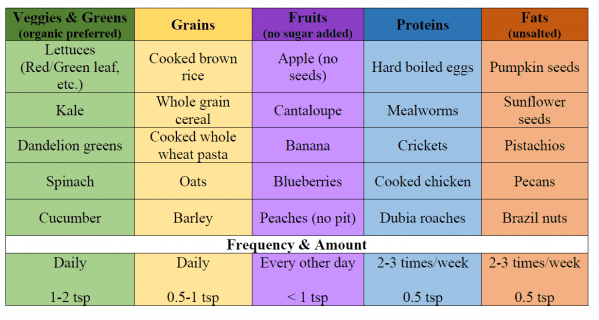by Dr. Cayla Iske, PhD
From our series on muesli and foraging mixes, you’ve learned a lot about selective feeding and its nutritional consequences in small mammals. While mixes are unfortunately prevalent in the small herbivore (rabbits, guinea pigs, chinchillas, etc.) world, they are even more predominant in the small omnivore (rats, mice, hamsters, gerbils) realm. This is because many pet parents believe the most appropriate diet for hamsters, gerbils, mice, and rats is a mix as they think it mimics the animal’s natural diet.
Though small omnivores notably consume a wide variety of dietary items including plants, animals, and even insects, the same nutritional inadequacies highlighted for herbivores hold true for omnivores when they are solely fed seed or muesli mix type diets. The uniform pelleted (or possibly extruded) pieces in the mix are most often the only balanced sources of essential vitamins and minerals and most often the pieces left uneaten. This will very likely lead to nutritional deficiencies for omnivores and herbivores alike.
Nutritional Differences for Omnivores
The chunks of fruits, veggies, whole seeds, nuts, and other ingredients in a mix are not always inherently bad for small omnivores. These species have specific nutritional needs and while they do not require the same amounts and types of dietary fiber compared to small herbivores, they do need specific amounts of protein, fat, and other micronutrients. Mixes do not ensure proper balanced intake of these nutrients.
The Problem with Portion Control
Another major issue with small omnivores and mixed foods is portion control. This diversity of pieces in a mix are all potentially appropriate supplemental food items as part of the overall diet profile when offered in appropriate amounts. This is the key, appropriate amounts. As a pet parent, you must be able to control the amounts of supplemental produce, grains, proteins, and fats in your little one’s diet to avoid obesity, gastrointestinal issues, and other diseases such as diabetes.
Too Much of a Good Thing
Research shows that 70% of small pet parents will refill their pet’s food bowl even though there is uneaten food left in it. This means when small omnivores select for the fruits and nuts and seeds in a mix, the majority of pet parents are likely to replenish the bowl with another round of fruits and nuts and seeds before their pets have the opportunity to consume the nutritionally balanced portion of the food (i.e. uniform pellets).
A Better Approach to Omnivore Nutrition
When we refill our pet’s food bowl on the fly, we lose any ability to control individual components of their diet, as well as overall intake. The better option both nutritionally and to stimulate foraging behaviors is to offer a nutritionally uniform food as the base of the diet coupled with appropriate amounts and varieties of additional fresh fruits, veggies, greens, grains, seeds, and even an occasional insect (cricket, mealworm, Dubia roach, etc.). This more controlled approach to your omnivore’s nutrition will decrease the likelihood of many issues associated with premixed diets.
You can reference the table below for options and suggested feeding amounts of these supplemental foods, though you should always consult your veterinarian when adjusting your pet’s diet.

Variety and Enrichment
The issues with muesli/seed-based mixes extend beyond nutrition. Though the bag of muesli mix may claim it stimulates foraging, this has yet to be proven and the “variety” of ingredients is inadequate for proper enrichment. Offering the same mix with the same components every day is not diverse nor enriching.
Offering a variety of foods provides nutritional as well as physical and mental enrichment, so it’s important and immensely beneficial to offer your omnivore a rotating variety of supplemental foods in the table above. Offering all diet items in diverse ways is also the best way to keep your animal interested in mealtime, active, and engaged.
Many toys and accessories on the market make offering your small omnivore enrichment easier and safer.
The Bottom Line
While muesli/seed-based mixes look like they are the most appropriate for your small omnivore, they can lead to nutritional inadequacies and offer pet parents no control over what their pet consumes. The thought that mixes offer your pet variety on their own is misleading and, at the end of the day, simply false. The best way to feed your hamster, gerbil, rat, or mouse is with a food that is nutritionally consistent supplemented with measured amounts of other food items such as grains, seeds, nuts, proteins, and produce. Providing enrichment and stimulating foraging is also paramount and can be easily included in your pet’s daily routine with appropriate enrichment items on the market today.
Learn More
- What Should I Feed My Pet Rat?
- How to Care for Multiple Hamsters
- Types of Hamster Breeds and How to Take Care of Them
*The photo used above was taken by @martymousehouse
